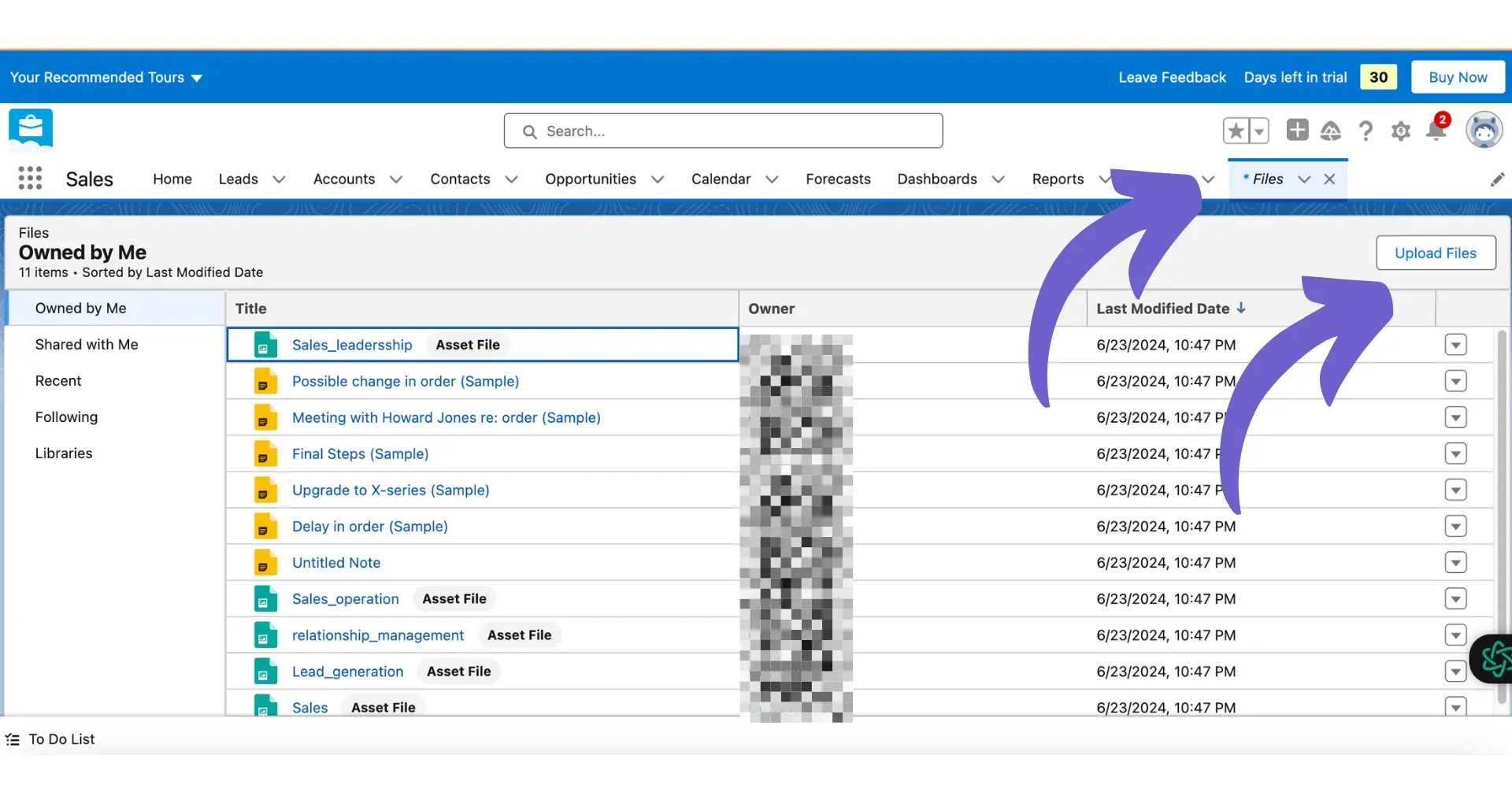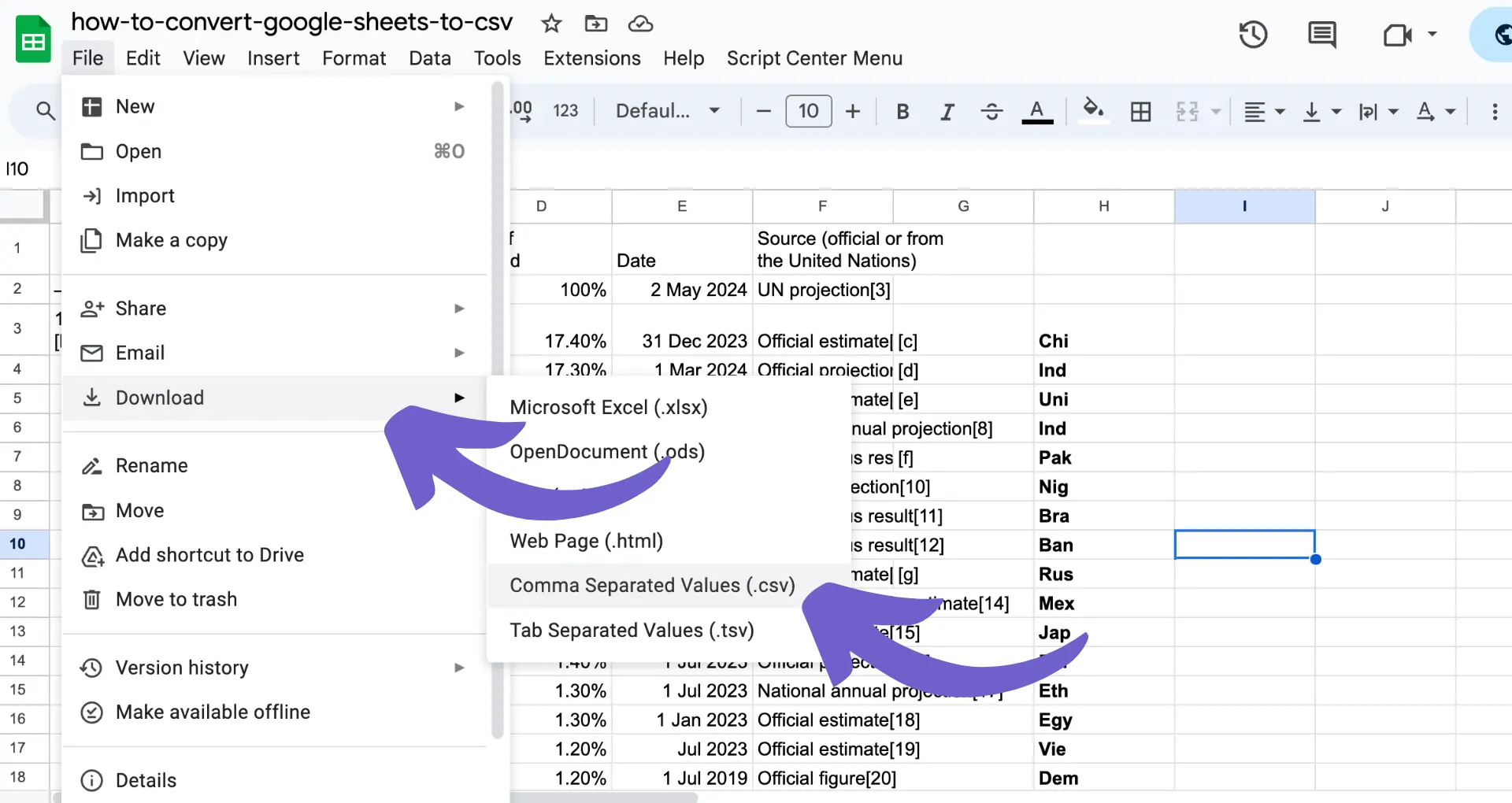Exporting data from HubSpot is a crucial skill for businesses looking to analyze their performance, create backups, or transition to new systems. In this step-by-step guide, we'll walk you through the process of exporting various types of data from HubSpot, including CRM records, marketing analytics, and custom reports. By the end of this article, you'll be able to confidently export your HubSpot data and use it to make informed decisions for your business.
Understanding HubSpot's Export Options
HubSpot offers a wide range of export capabilities, allowing you to extract valuable data from your account for analysis, backup, or migration purposes. From CRM records to marketing analytics and workflows, HubSpot provides the tools to export the data you need.
- Export contacts, companies, deals, and tickets, selecting specific data fields to include
- Download marketing analytics, such as email performance, campaign data, and social media interactions
- Retrieve workflow data, including enrollment counts, conversion rates, and modification history
Exporting your HubSpot data is crucial for maintaining data integrity, ensuring compliance with data protection regulations, and enabling deeper analysis outside of the platform. By leveraging sales prospecting tools, you can gain a comprehensive view of your business data and make informed decisions based on your unique needs.
How to Export HubSpot CRM Data
Exporting your HubSpot CRM data is a straightforward process that allows you to retrieve valuable information about your contacts, companies, deals, and tickets. Follow these steps to export your CRM data:
- Navigate to the specific CRM object you want to export (Contacts, Companies, Deals, or Tickets).
- Open the view containing the records you wish to export. To export all records, select the "All [object]" view.
- Click on "Export" in the top right corner of the table (list view) or click "Board options" and then "Export view" (board view).
- Choose your desired file format (CSV, XLSX, or XLS) and select which properties to include in the export.
- Optionally, include all email addresses for contacts or all domain names for companies.
- Select the language for your column headers and click "Export."
You'll receive an email with a download link to your exported file. Maintaining data integrity during the export process is crucial to ensure compliance with data protection regulations. Be sure to handle exported data securely and keep it up-to-date with automated enrichment for the most current information in HubSpot.
Bardeen can automate your data export process. Connect Microsoft Excel with HubSpot and save time.
Exporting Marketing Analytics from HubSpot
HubSpot provides a simple process for exporting key marketing analytics, allowing you to create detailed reports and improve your marketing strategies outside the platform. Follow these steps to export your marketing data:
- Navigate to your HubSpot account and go to the "Reports" section.
- Select the specific report you want to export, such as email performance, campaign data, or social media interactions.
- Customize the report by selecting the desired date range, properties, and metrics.
- Click on the "Export" button in the top right corner of the report.
- Choose your preferred file format (CSV, XLSX, or PDF) and click "Export" again.
Exporting these metrics enables you to:
- Combine HubSpot data with other Google Sheets integrations for a comprehensive view of your marketing efforts.
- Share reports with stakeholders who may not have access to your HubSpot account.
- Perform advanced analysis and create custom visualizations using tools like Excel or Google Sheets.
- Keep a historical record of your marketing performance for future reference and benchmarking.
By regularly exporting and analyzing your marketing analytics from HubSpot, you can gain valuable insights into your marketing performance and make data-driven decisions to optimize your strategies. Learn more about sales intelligence to enhance your efforts.
Advanced Export: HubSpot Reports and Dashboards
HubSpot offers advanced export options for both individual reports and entire dashboards, allowing you to share valuable insights with your team members, even if they don't have access to your HubSpot account. Here's how to export reports and dashboards:
Exporting individual reports:
- Navigate to your Reports dashboard and hover over the report you want to export.
- Click the "Actions" dropdown menu and select "Export."
- Choose your desired file format (CSV or Excel) and click "Export."
- Once the export is processed, you'll receive a download link via email and in your notification center.
Exporting and scheduling dashboards:
- Go to your Dashboards and select the dashboard you want to export.
- Click "Share" in the upper right corner, then select "Email this dashboard."
- Choose whether to send a one-time email or set up a recurring email.
- Select the recipients (internal HubSpot users and, for Professional and Enterprise accounts, external email addresses).
- Customize the email subject, message, and attachment format.
- If setting up a recurring email, choose the frequency (daily, weekly, or monthly) and delivery time.
- Click "Send now" for a one-time email or "Schedule email" for a recurring email.
Exporting dashboards offers several benefits:
- Sharing insights with stakeholders who don't have HubSpot access.
- Providing regular updates to team members via scheduled emails.
- Combining HubSpot data with other sources for further analysis.
- Keeping a historical record of your marketing and sales performance.
By leveraging HubSpot's advanced export features for reports and dashboards, you can ensure that key insights are shared efficiently across your organization, fostering data-driven decision-making and collaboration.
Save time by automating repetitive tasks like data exporting using Bardeen's automation tools.
Integrating HubSpot with External Tools for Enhanced Reporting
Integrating HubSpot with external tools like Microsoft Excel or Google Sheets can significantly streamline your data analysis process and provide a more comprehensive view of your marketing and sales performance. By automating data transfers between HubSpot and these platforms, you can save time and reduce the risk of manual errors. For example, you can enrich LinkedIn profiles directly in Google Sheets.
Here are some common integrations and their benefits:
- HubSpot and Google Sheets:
- Automatically sync HubSpot data with Google Sheets for real-time analysis and collaboration.
- Create custom dashboards and reports that combine HubSpot metrics with data from other sources.
- Share reports with team members who don't have access to HubSpot.
- HubSpot and Microsoft Excel:
- Export HubSpot data to Excel for further analysis and manipulation.
- Merge HubSpot data with other datasets in Excel for a holistic view of your business performance.
- Create visually appealing reports and charts using Excel's formatting options.
- HubSpot and Data Visualization Tools (e.g., Tableau, Power BI):
- Connect HubSpot data to powerful data visualization platforms for advanced reporting and insights.
- Build interactive dashboards that allow users to explore data and uncover trends.
- Combine HubSpot data with other data sources for a comprehensive view of your business.
By leveraging these integrations, you can automate data transfers, saving time and ensuring data accuracy. This allows your team to focus on analyzing insights and making data-driven decisions rather than manually exporting and manipulating data. To further aid your data analysis, consider using tools that automate sales prospecting.
Best Practices for Managing Exported Data from HubSpot
When exporting data from HubSpot, it's crucial to follow best practices to ensure data security and maintain the integrity of your information. Here are some tips for securely storing and managing exported data:
- Encrypt sensitive data:
- Use encryption tools to protect exported files containing sensitive information, such as customer data or financial records.
- Ensure that only authorized personnel have access to the encryption keys.
- Store exported data in a secure location:
- Use a secure cloud storage service or a password-protected local storage device to store exported files. Consider using AI web scrapers for efficient data management.
- Restrict access to the storage location to only those who need it for their work.
- Establish data retention policies:
- Define how long exported data should be stored and when it should be securely deleted using lead enrichment techniques.
- Regularly review and update these policies to ensure compliance with industry regulations and company standards.
- Conduct regular data audits:
- Schedule periodic audits of exported data to ensure that it remains accurate, complete, and up-to-date.
- Compare exported data with the current information in HubSpot to identify any discrepancies or outdated records.
- Train employees on data handling best practices:
- Educate your team on the importance of data security and the proper procedures for handling exported data.
- Encourage employees to report any suspicious activities or potential data breaches promptly.
By implementing these best practices, you can minimize the risk of data breaches, maintain the accuracy of your exported data, and ensure that your organization remains compliant with data protection regulations.
Save time and improve accuracy by automating data extraction from LinkedIn. Try Bardeen's tools today to streamline your workflows and focus on the essential tasks.






